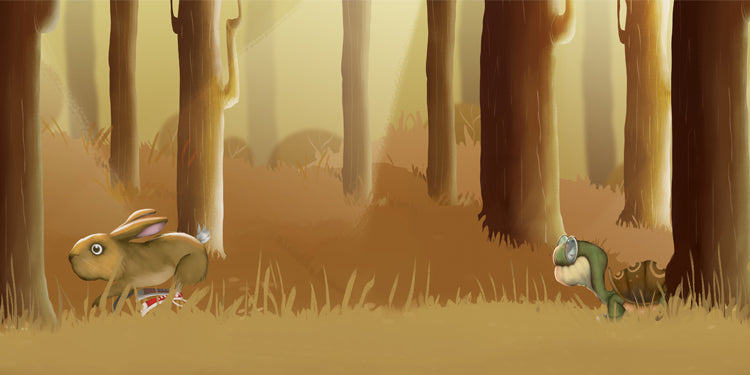Why do children’s books include pictures? Of course, colorful illustrations are eye-catching and pique any reader’s interest. Pictures in books don’t just exist for visual pleasure, though— they provide important visualization that deepen textual meaning.
The Common Core State Standards focuses on a reader's ability to gain meaning from pictures in both narrative and informational texts:
- "Use illustrations and details in a story to describe its characters, settings, or events" (RL.1.7)
- "Distinguish between information provided by pictures or other illustrations and information provided by the wrods in a text" (RI.1.6)
Research shows that many students who struggle with reading comprehension also have trouble creating a mental image of what is happening in the text . With pictures to accompany the words, students receive a visual scaffolding that helps them understand the content of the story.
 For example, students might have never encountered "a flock of doves" (2) in their lifetime. This unfamiliarity would seriously hinder a student's comprehension of
The Dove King
from
Fables and the Real World
.
For example, students might have never encountered "a flock of doves" (2) in their lifetime. This unfamiliarity would seriously hinder a student's comprehension of
The Dove King
from
Fables and the Real World
.
However, the illustrations on page 2 allow students to infer that a dove is a white bird. Furthermore, because many birds are pictured, a "flock of doves" must refer to a group of birds. In this way, the book's illustrations promotes understanding and allows the students to access a book through multiple avenues.
 Pictures aren't just for "little kids"! Hameray's
Extraordinary Files
series allows students at higher reading levels to benefit from visual representation in their books. Leveled from Guided Reading Level T to Y, this series features graphic novel-style art, like the one shown in the opening page of
Sleepwalker
(3)
.
Even older readers will find this series sophisticated and age-appropriate.
Pictures aren't just for "little kids"! Hameray's
Extraordinary Files
series allows students at higher reading levels to benefit from visual representation in their books. Leveled from Guided Reading Level T to Y, this series features graphic novel-style art, like the one shown in the opening page of
Sleepwalker
(3)
.
Even older readers will find this series sophisticated and age-appropriate.
Every spread of these 48-page books contain
illustrations that give clues about the setting, plot, and characters' emotions
. Better yet, the pictures don't sacrifice the complexity and richness of the actual text. Students must pay attention to the words
and
the pictures on the page to gain full understanding of the story. Older students who don't gravitate towards reading will love reading this series like a graphic novel!
As described above, pictures are helpful reading tools for readers of all age, especially for reluctant readers that would benefit from comprehension aids. What student doesn't love looking at pictures?
The foundational concept for this blog's ideas are supported by Gomes and Carter's
"Navigating through Social Norms, Negotiating Place: How
American Born Chinese
Motivates Struggling Learners" (2010).
~~ ~
Click the left image below to download information about Fables and the Real World. Click the right image below to download information about The Extraordinary Files .




















































